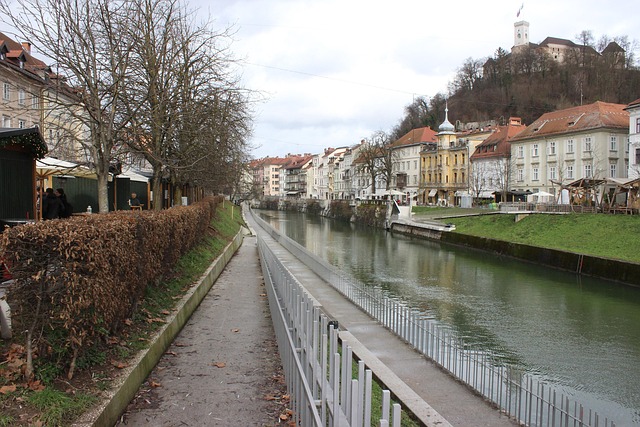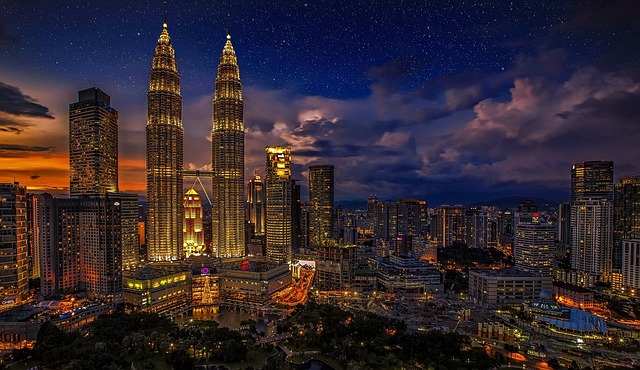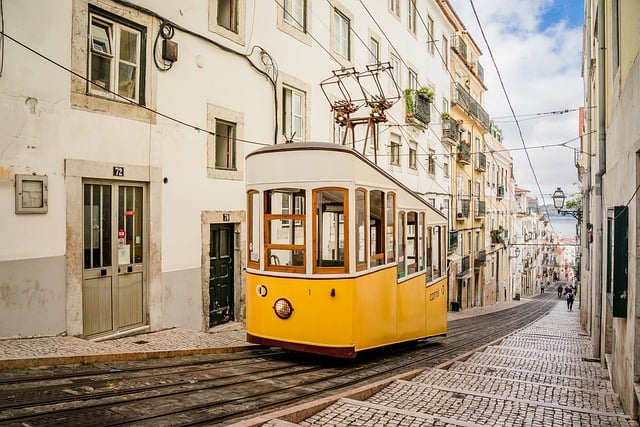Karachi, Pakistan's bustling metropolis, faces transport challenges in its vibrant suburb Nazimabad due to a mix of informal (rickshaws) and formal (buses, metro trains) public transportation. The current system struggles to keep pace with the city's rapid growth, leading to severe traffic congestion and long commutes during peak hours. Modern, well-connected transport solutions are needed to enhance mobility, cater to Nazimabad's growing population, and improve the quality of life for its inhabitants, aligning with Karachi's vibrant urban character.
In the bustling metropolis of Karachi, navigating efficient public transport is essential for residents and visitors alike. This article delves into the current state of public transportation in Nazimabad, exploring its existing infrastructure and the challenges faced by the community. We present potential improvements, including innovative technologies and sustainable options, that could transform travel. Additionally, we envision a future where long-term strategies, community engagement, and partnerships drive a comprehensive and accessible public transport network for Karachi.
- The Current State of Public Transport in Nazimabad, Karachi
- – Overview of existing transport infrastructure
- – Challenges faced by the community
The Current State of Public Transport in Nazimabad, Karachi

In Nazimabad, a bustling suburb of Karachi, the public transport landscape is both diverse and challenging. The current system serves a dense population, with buses and rickshaws being the primary modes of mobility. While these traditional options are readily available and cost-effective, they often struggle to keep up with the fast-growing city’s demands. Karachi’s relentless urbanisation has led to severe traffic congestion, making travel times longer and less efficient for both residents and commuters.
The public transport network in Nazimabad is characterized by a mix of informal and formal services. Informal rickshaw services are ubiquitous, offering quick but crowded rides through narrow lanes. Formal bus services, operated by various private companies, provide more structured routes and comfortable travel, albeit with limited frequency during peak hours. There’s a growing need for modern, well-connected transport solutions to cater to the increasing population and alleviate the strain on existing infrastructure. Karachi, known for its vibrant urban vibe, requires innovative public transport systems to ensure mobility that keeps pace with its dynamic spirit.
– Overview of existing transport infrastructure

Karachi, Pakistan’s bustling metropolis, boasts an extensive public transport network that serves its diverse population. The city’s existing infrastructure includes a mix of buses, minibuses (known locally as ‘rickshaws’), and an efficient metro train system. These options cater to various travel needs across the vast urban landscape.
The bus services in Karachi are well-established, offering both local and inter-city routes. Minibuses provide affordable and frequent trips within neighborhoods, making them a popular choice for daily commuters. The introduction of the Karachi Metro Train has further transformed urban mobility, reducing travel time and offering a comfortable, efficient transit experience for residents and visitors alike.
– Challenges faced by the community

The bustling city of Karachi, with its ever-growing population, presents unique challenges for efficient public transport systems. One such area that has been grappling with this issue is Nazimabad, a densely populated neighborhood. Residents here often face lengthy commute times and inadequate connectivity, leading to frustration and a sense of isolation from the rest of the metropolis. The primary concern is the lack of well-developed transportation infrastructure to cater to the vast population, resulting in overcrowded buses and trains during peak hours.
These challenges are exacerbated by Karachi’s notorious traffic congestion, which can extend travel times significantly. Additionally, the community lacks accessible and affordable options for daily commuters, making it difficult for residents to balance their work and personal lives. Addressing these issues is crucial to enhance the quality of life for Nazimabad’s inhabitants and ensure they have access to the same opportunities as other parts of this vibrant city.
In light of the above discussions, it’s clear that improving public transport in Nazimabad, Karachi, is a multifaceted challenge. The current state of infrastructure is only moderately adequate to cater to the growing population and needs significant enhancement. Overcoming the logistical and financial hurdles requires collaborative efforts from local authorities, community leaders, and transport operators. By investing in more efficient and accessible public transit, Karachi can move towards a greener, more connected future, ultimately improving quality of life for all its residents.





Leave a Reply